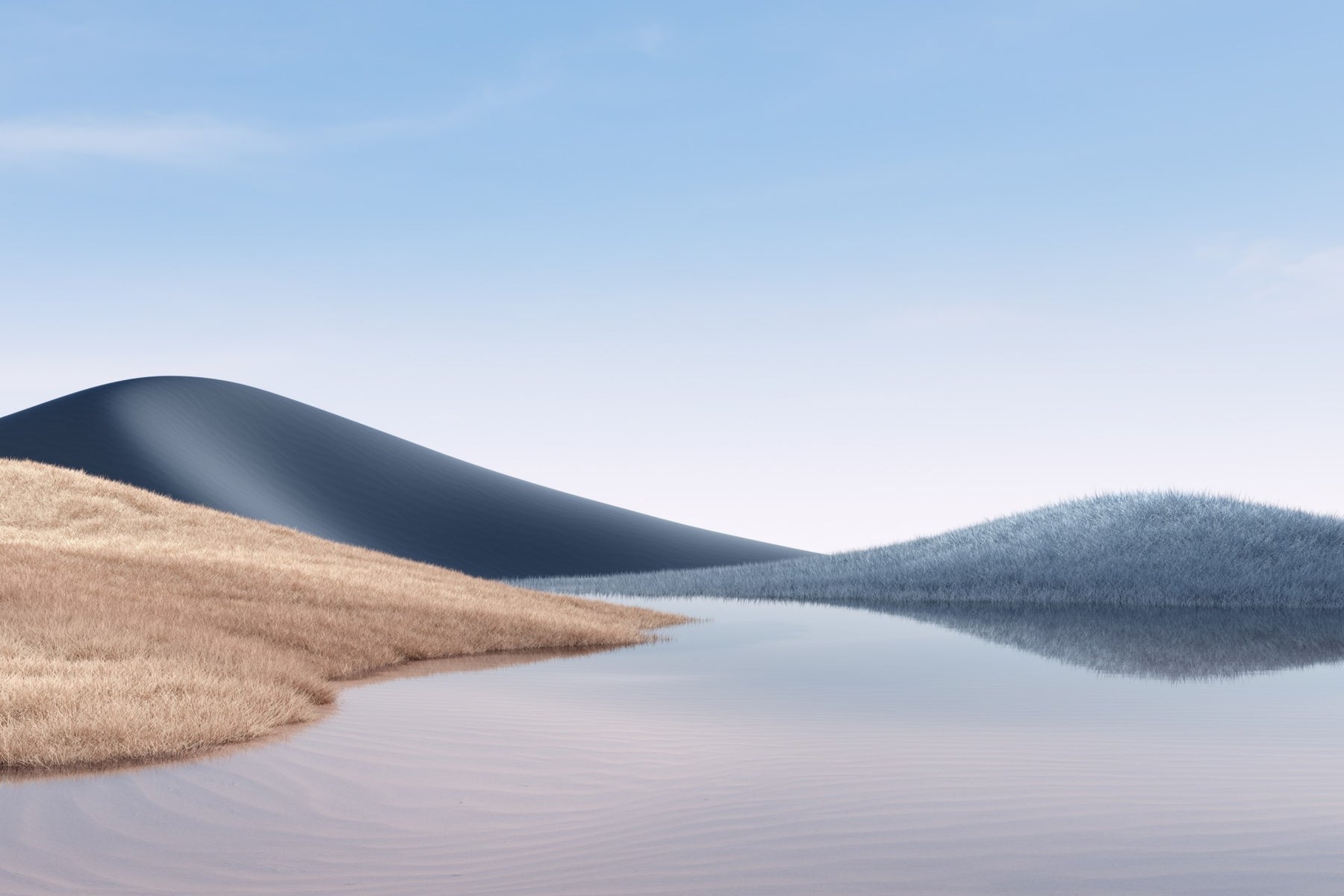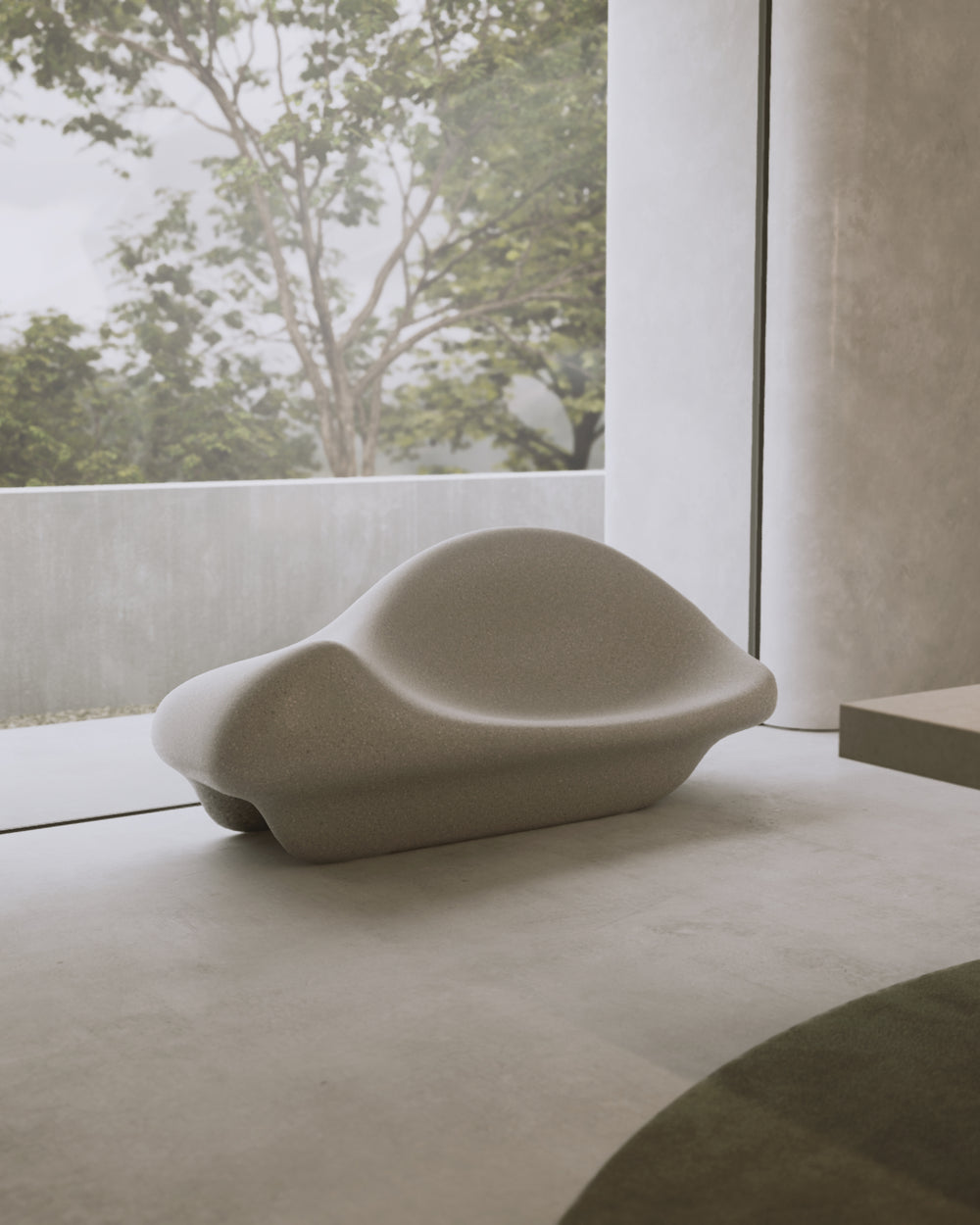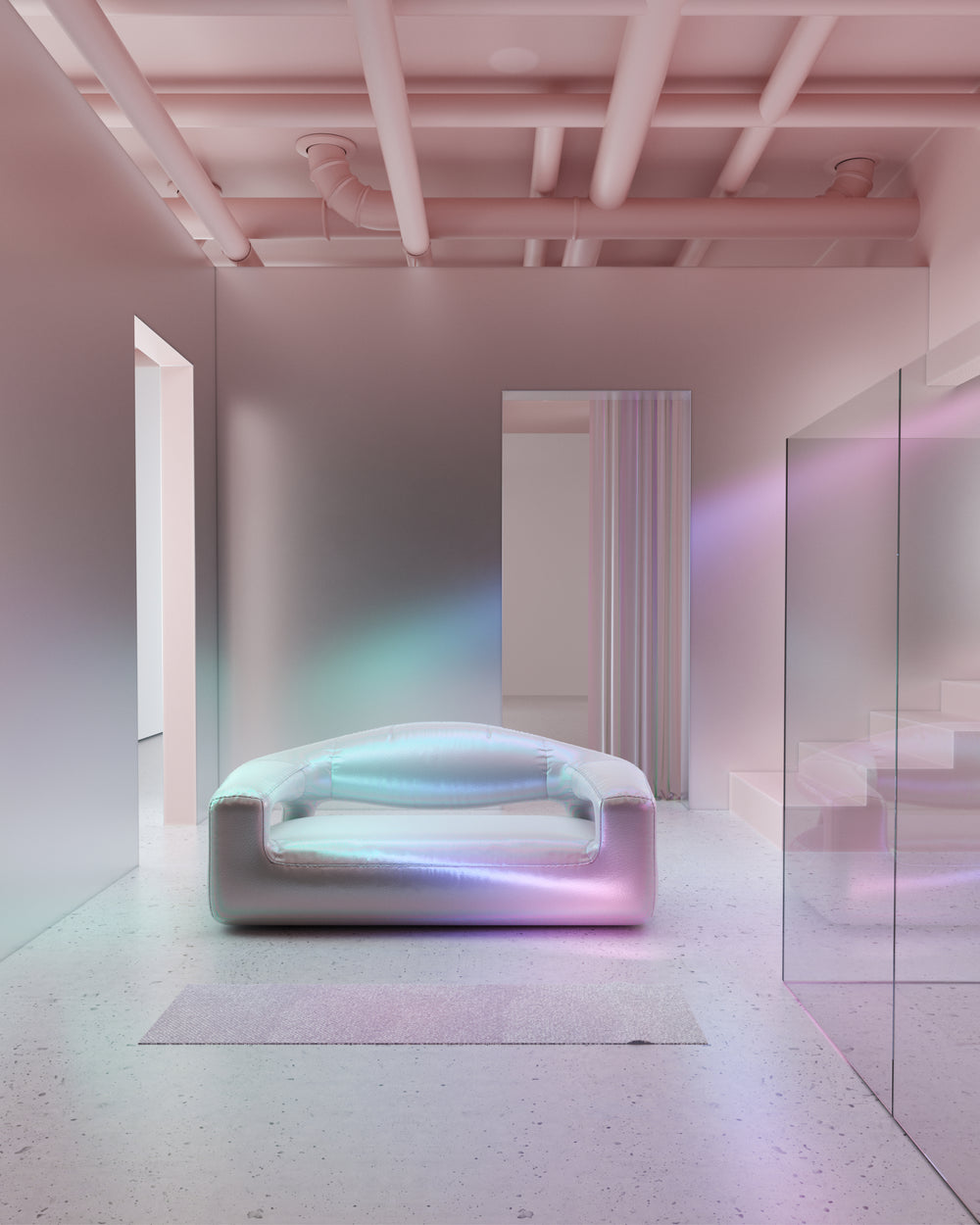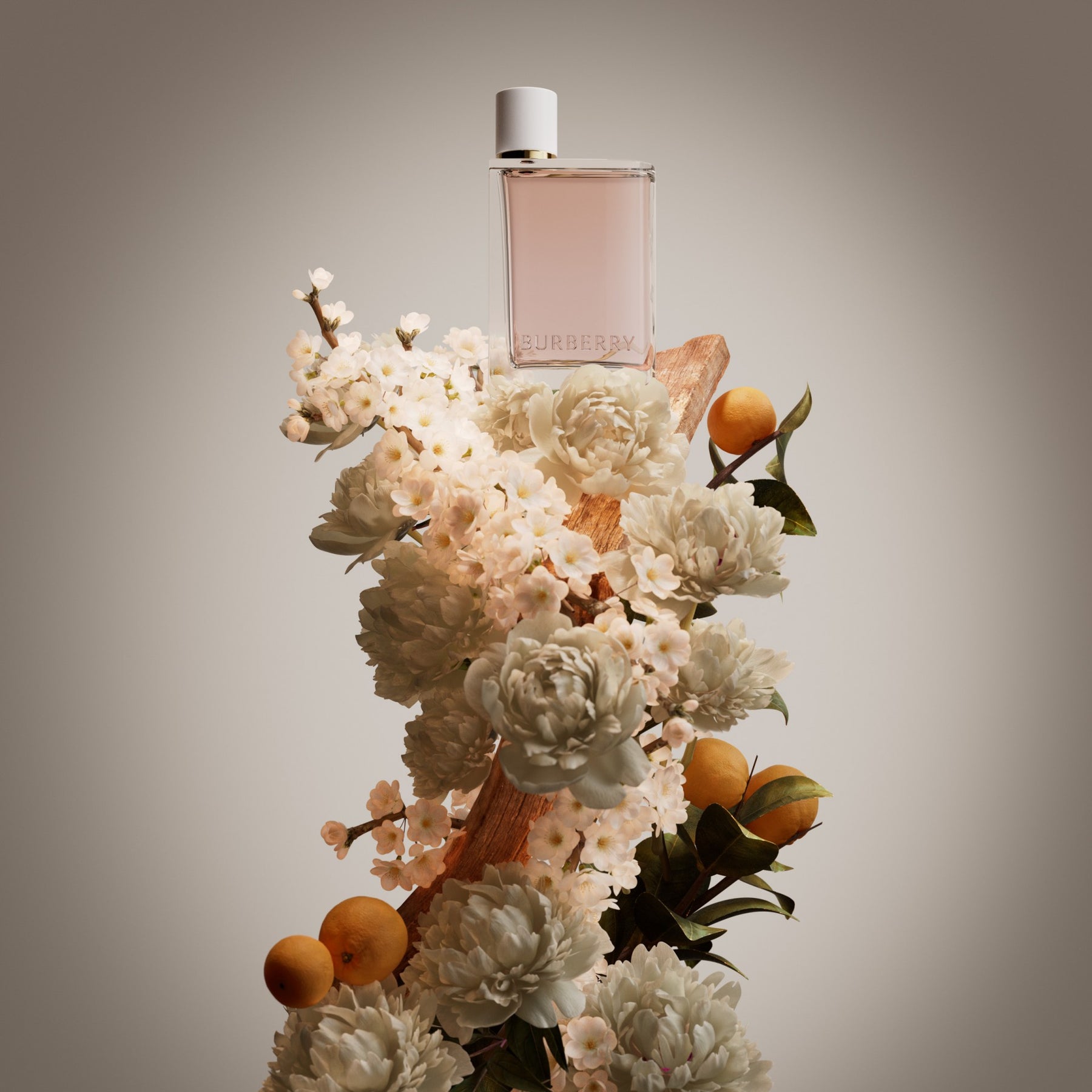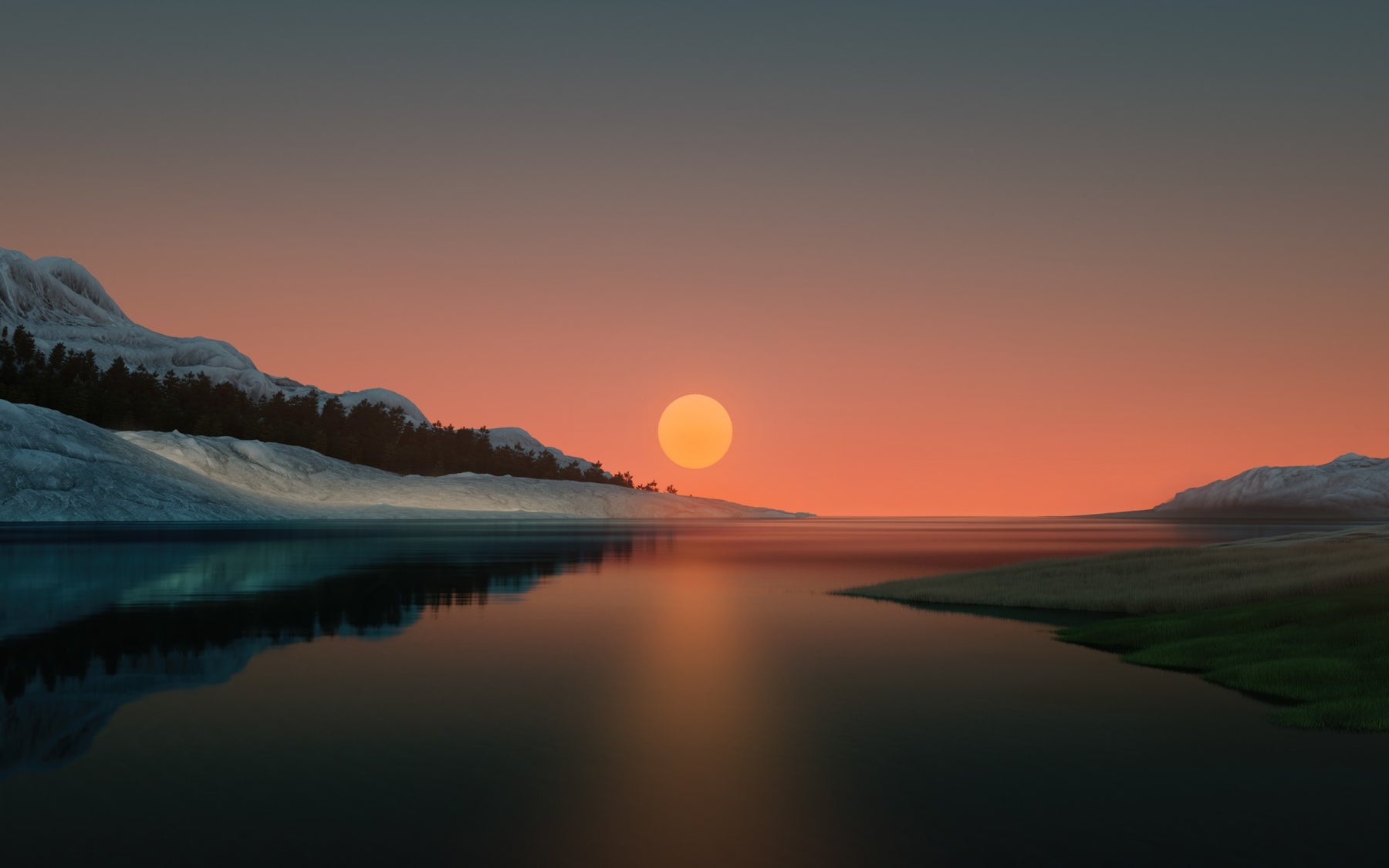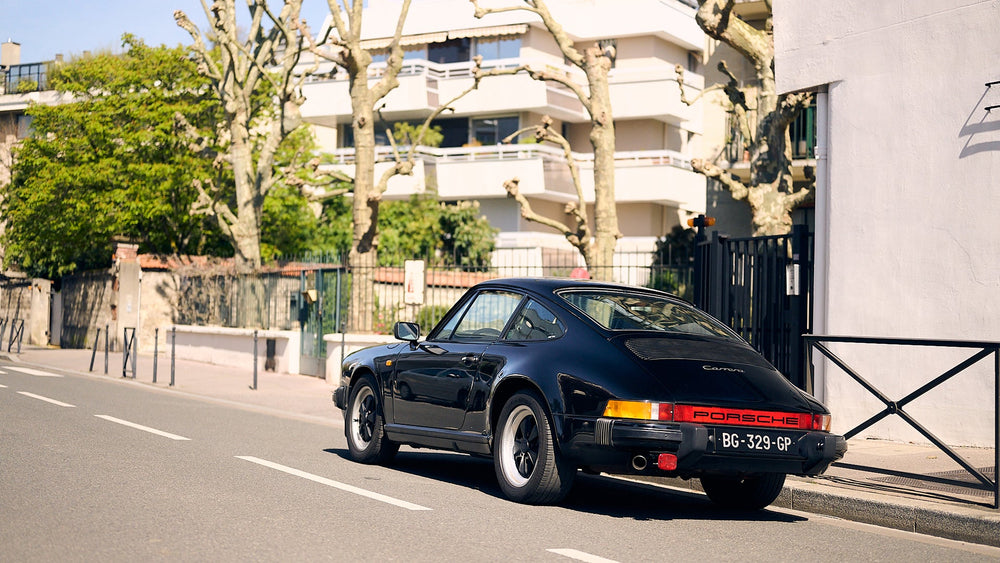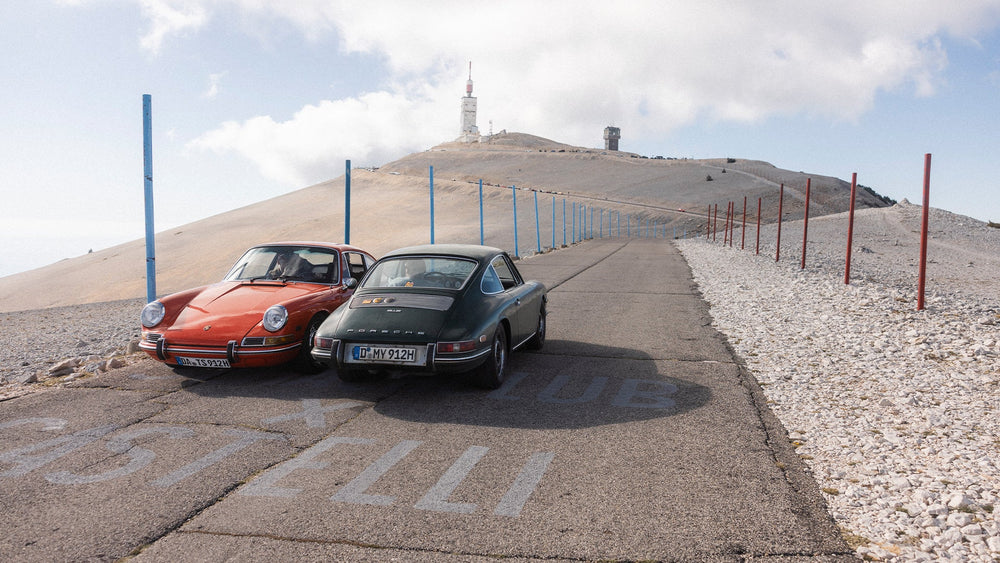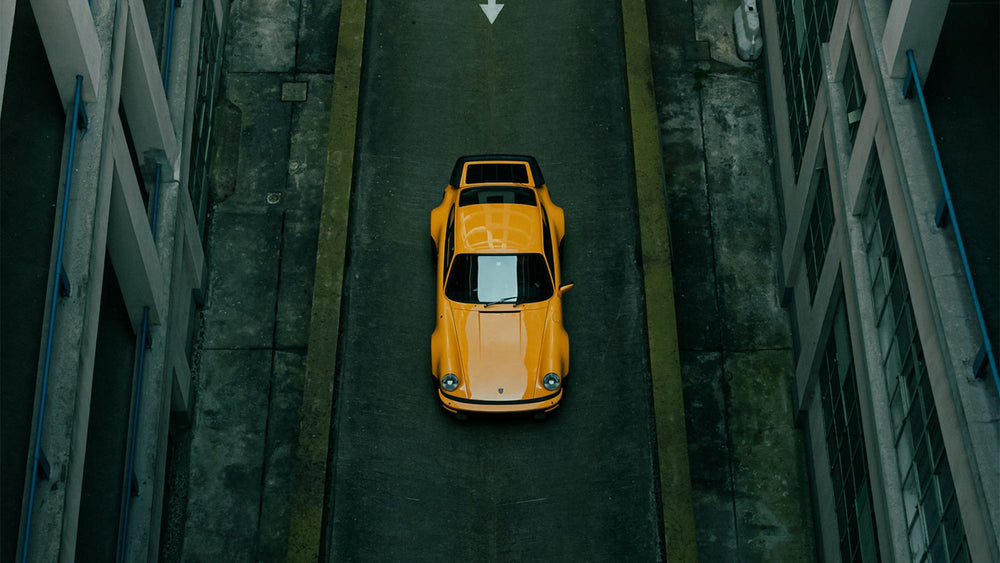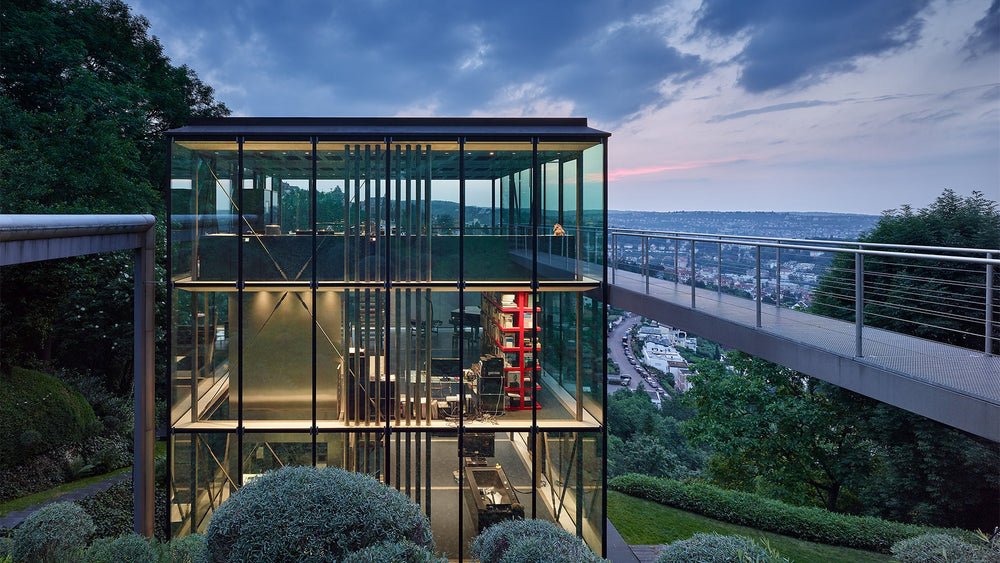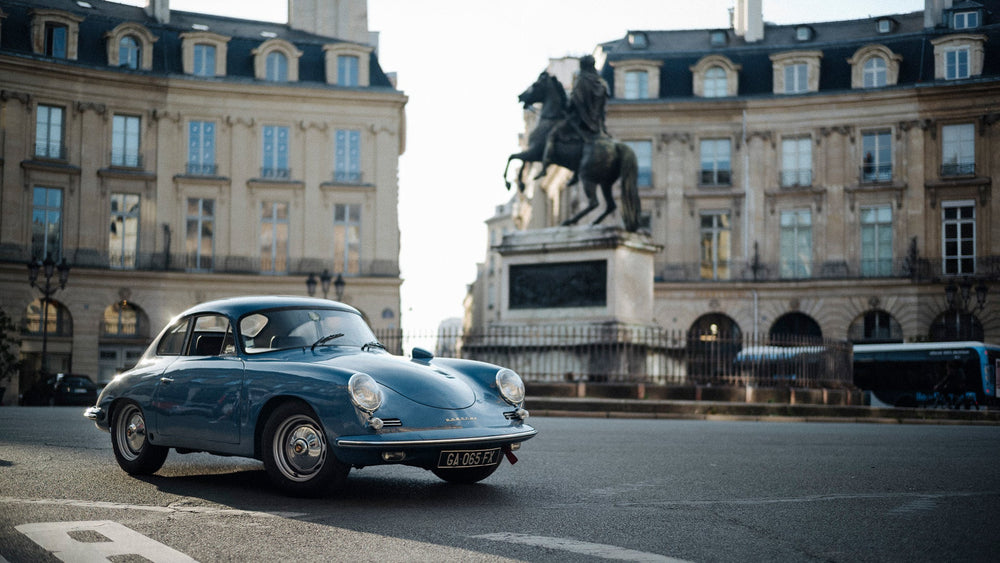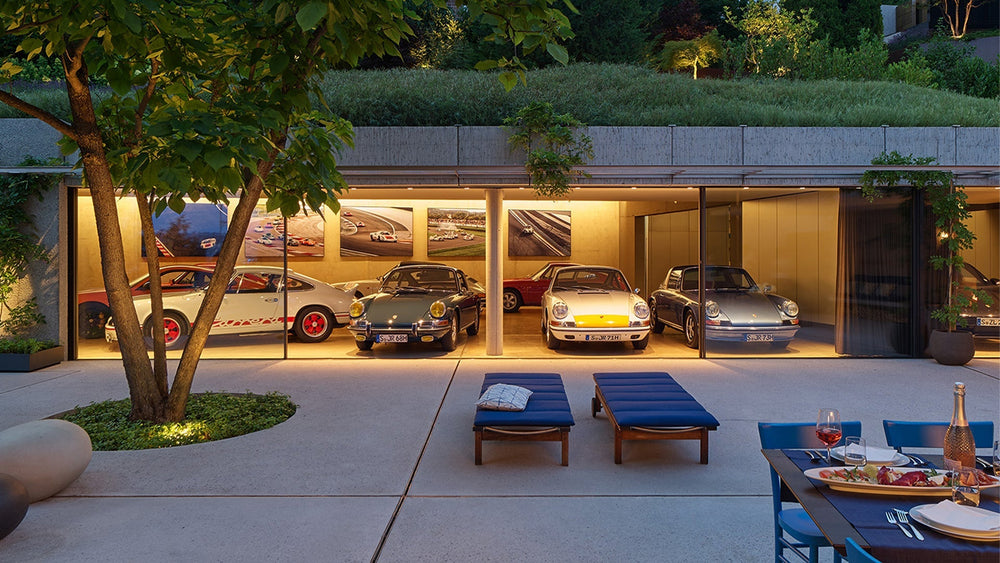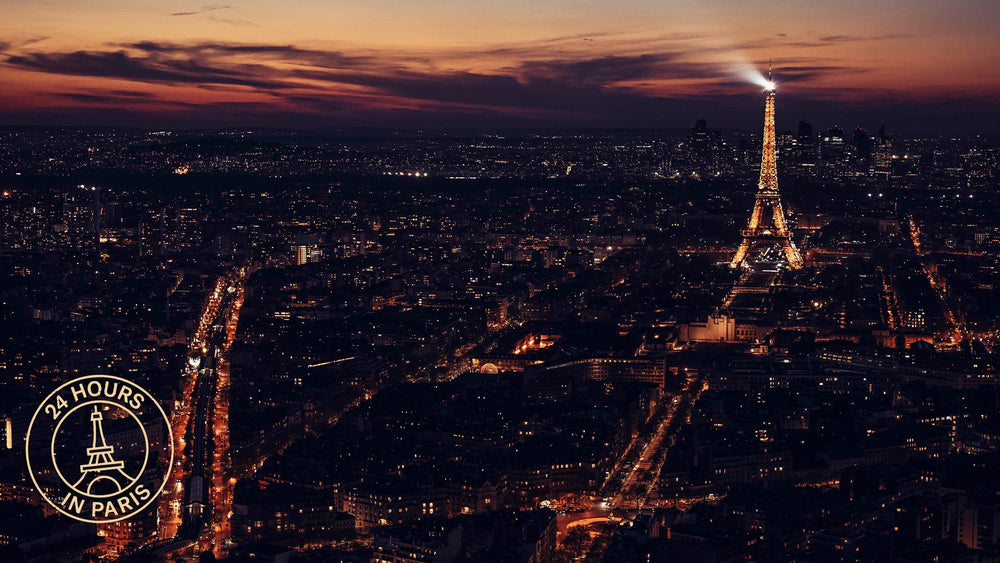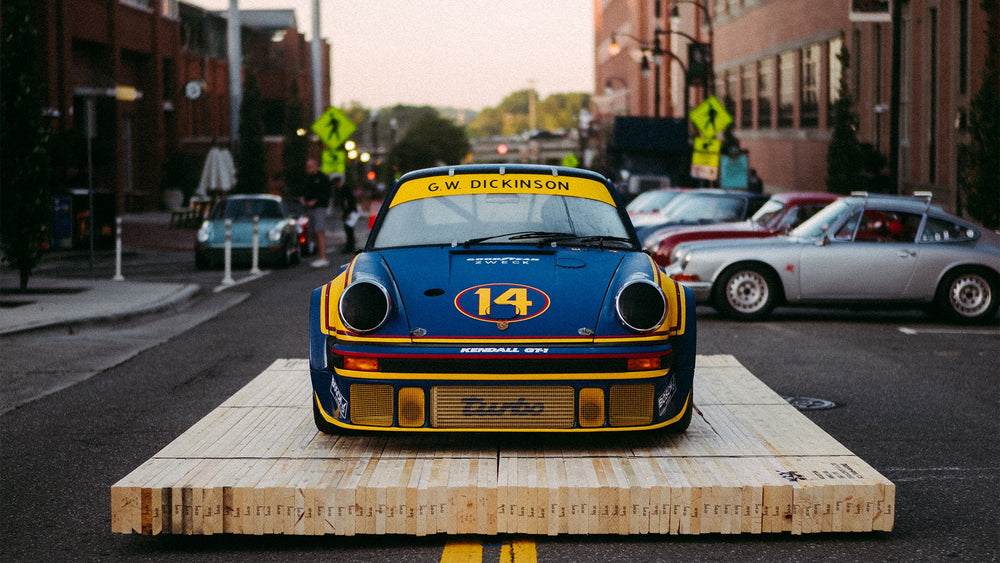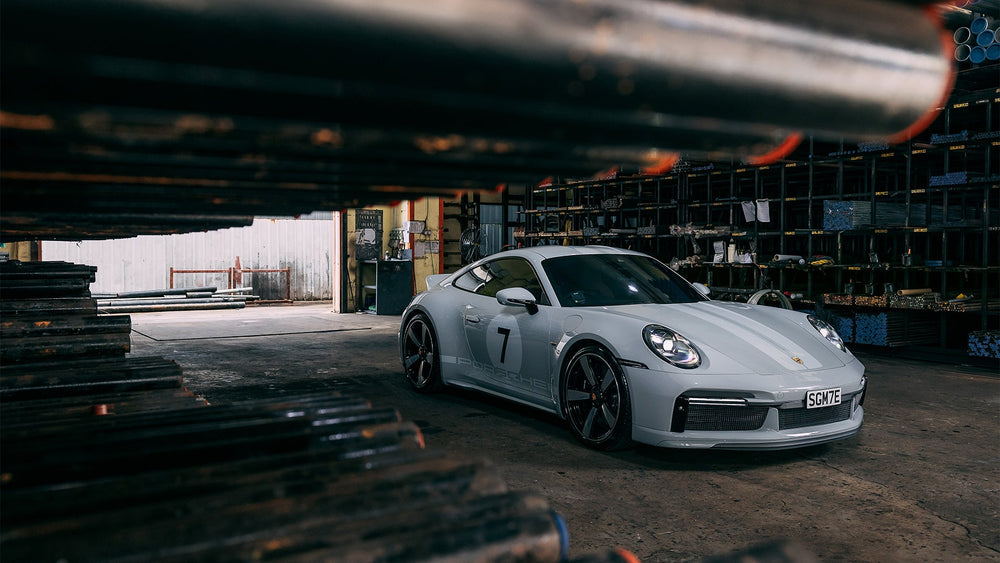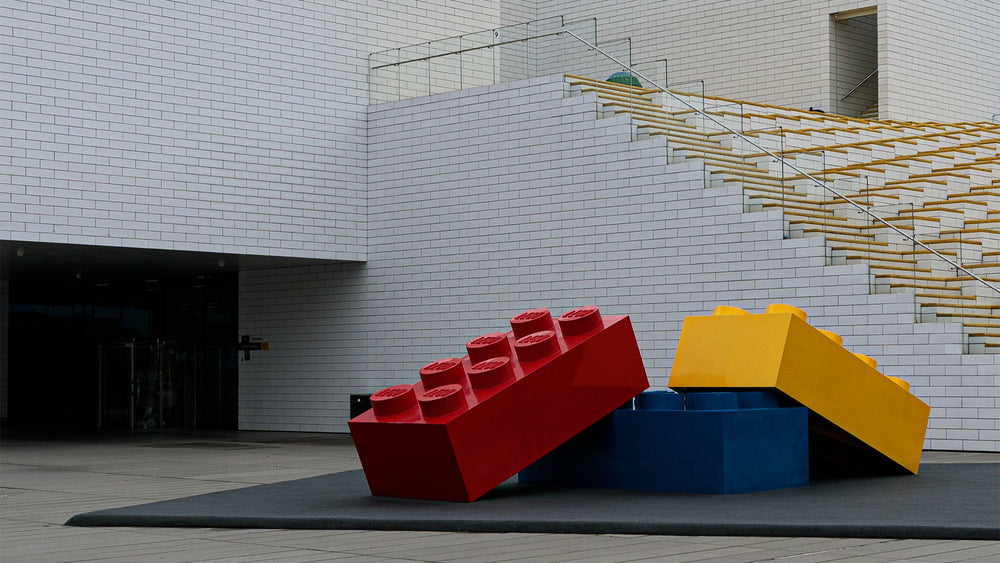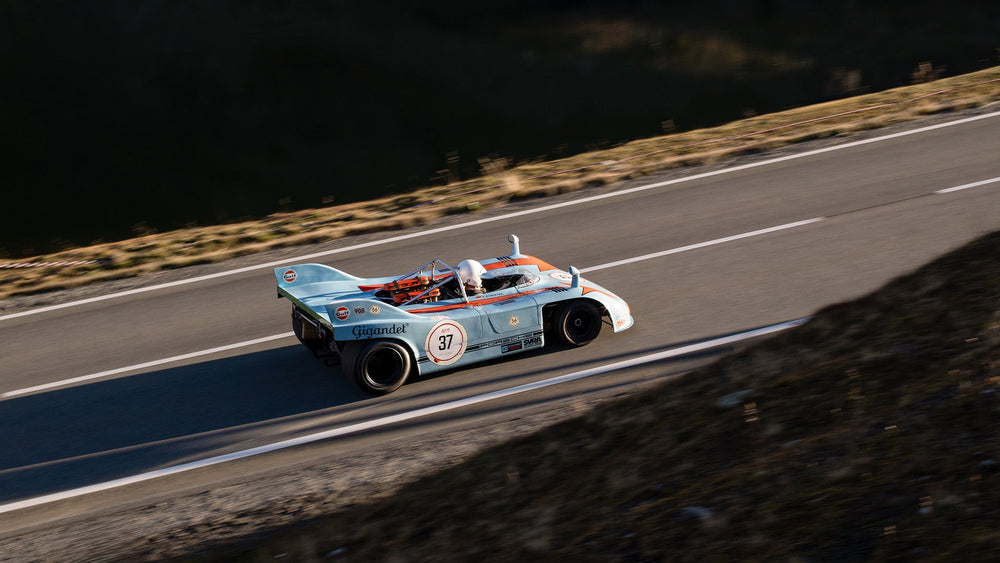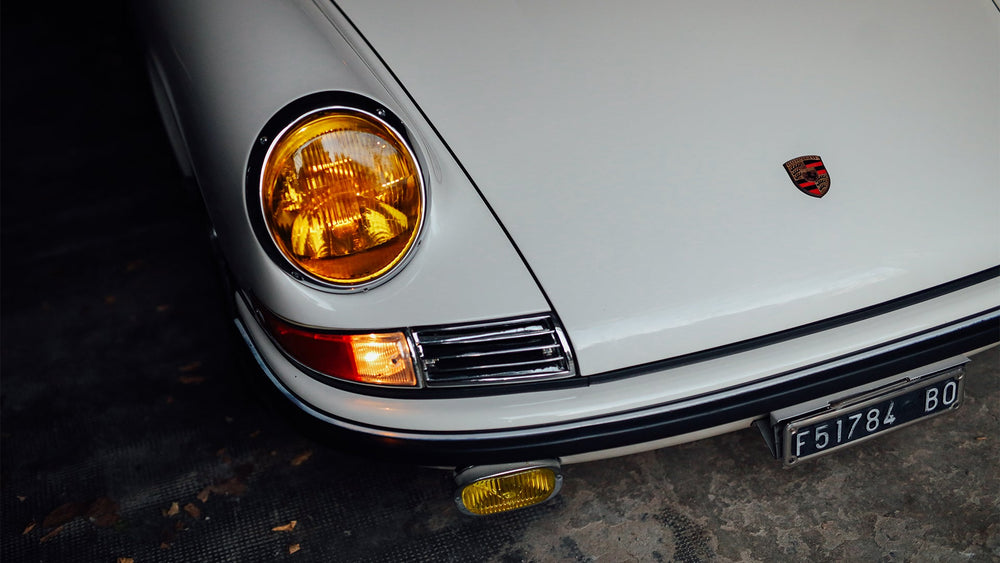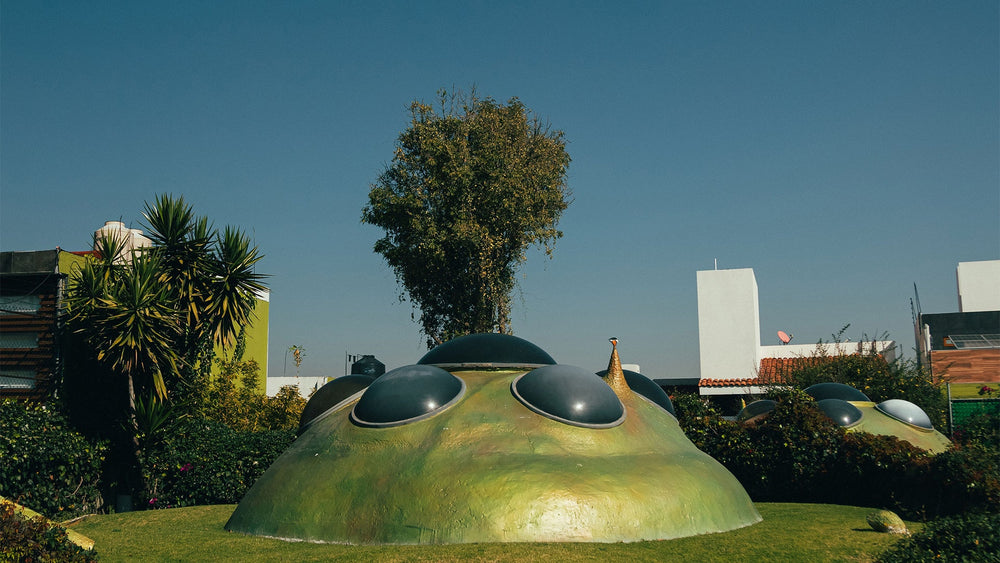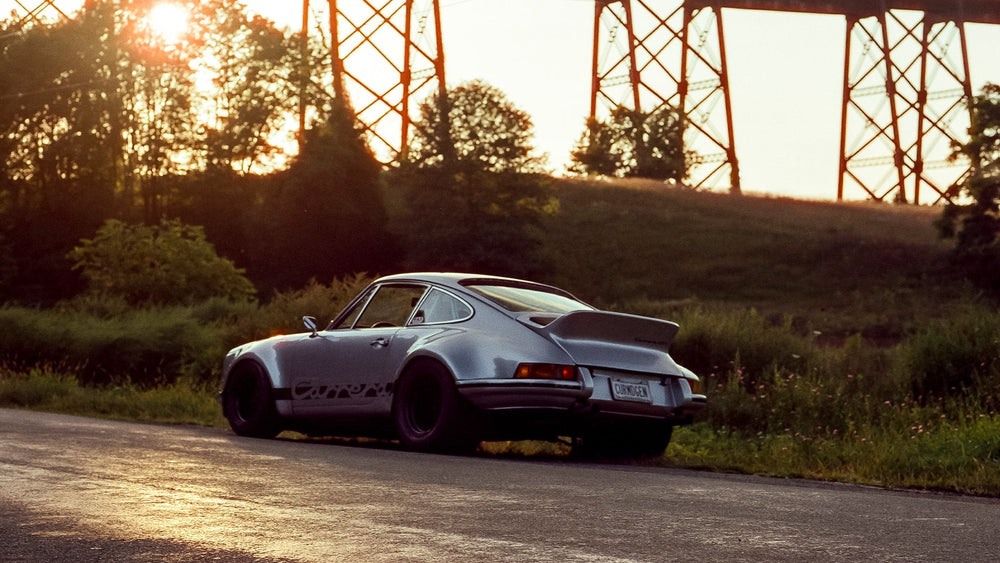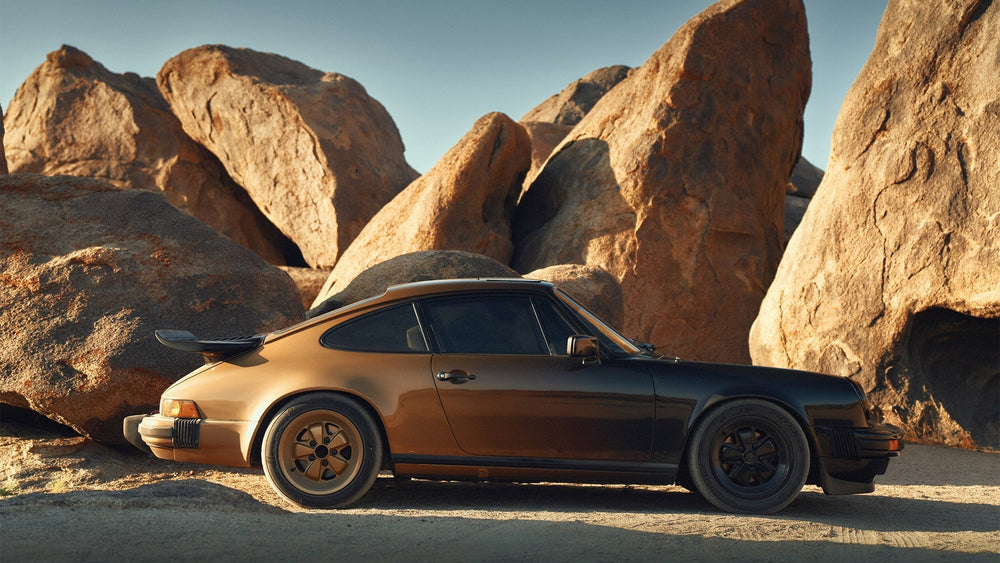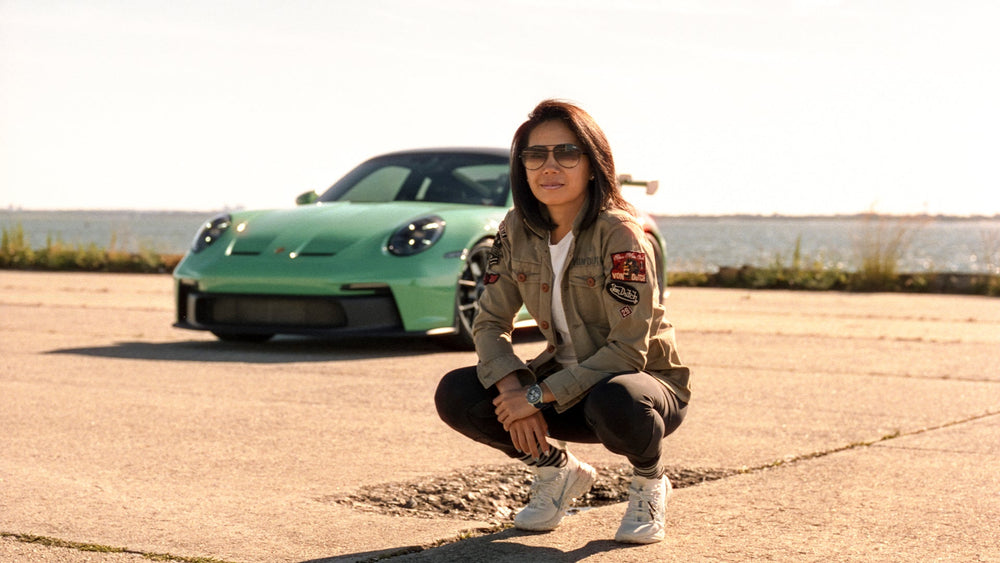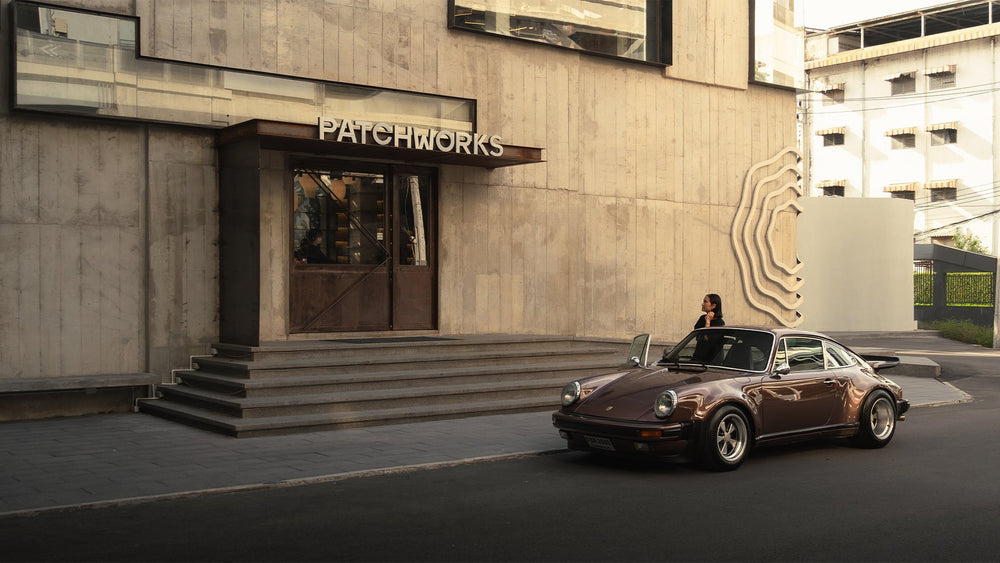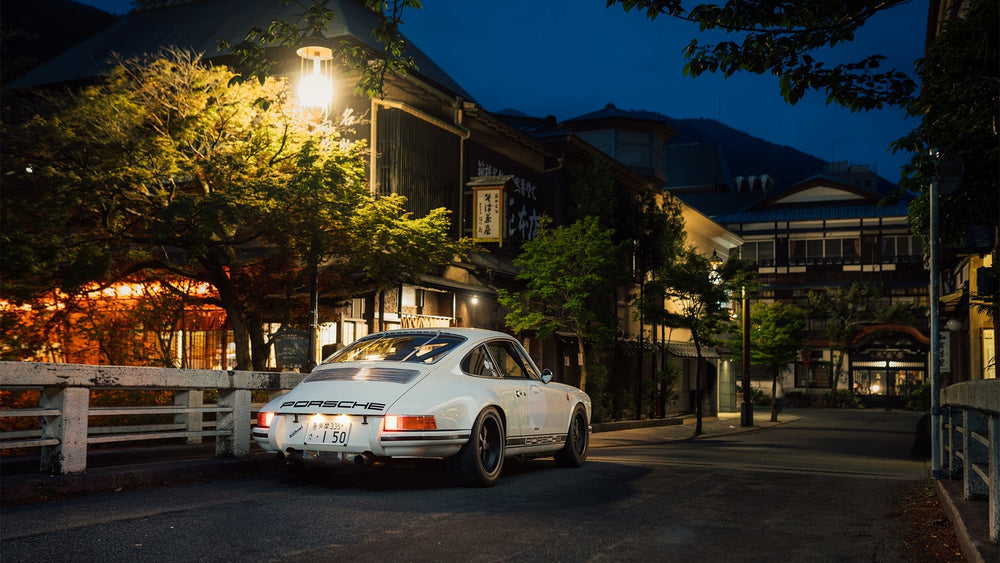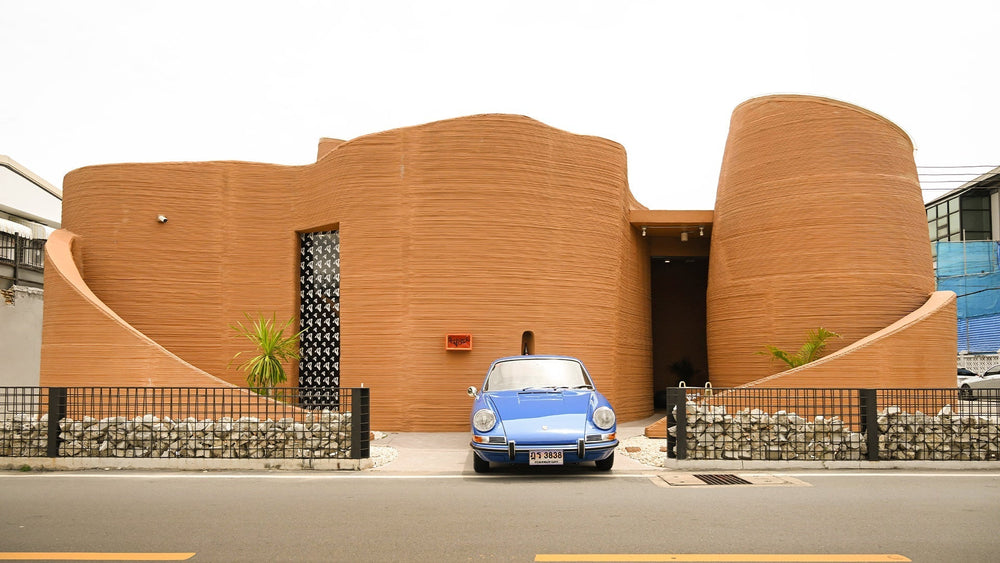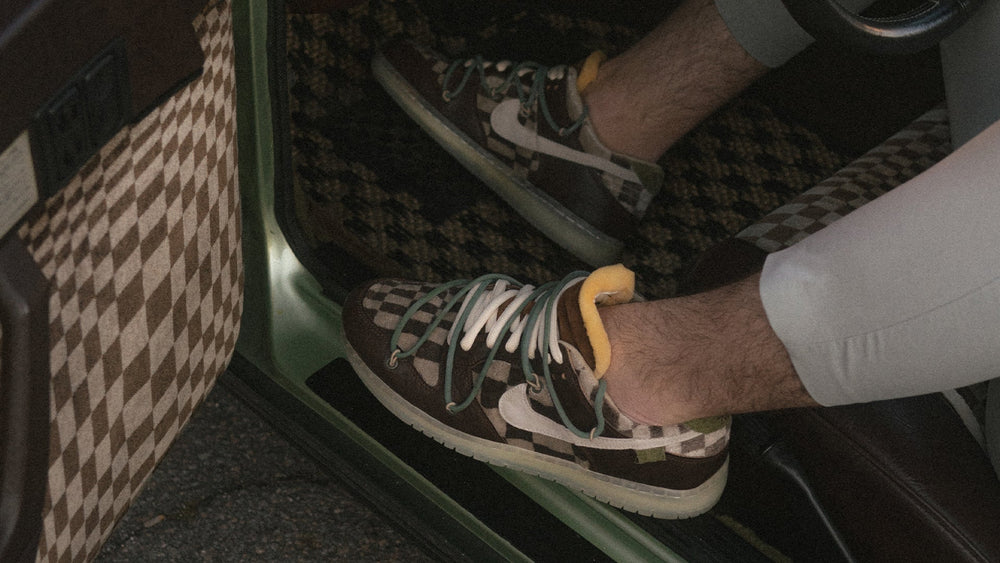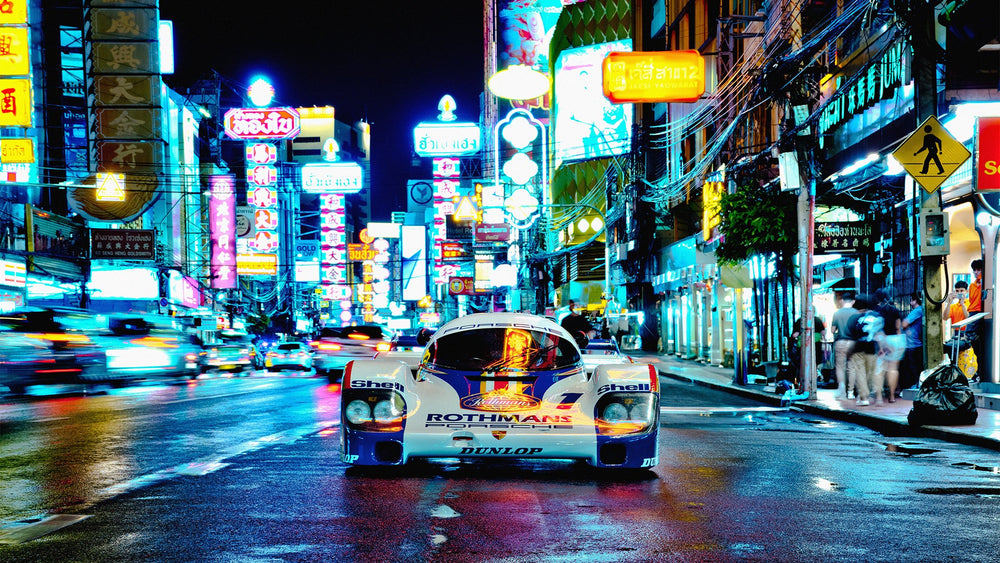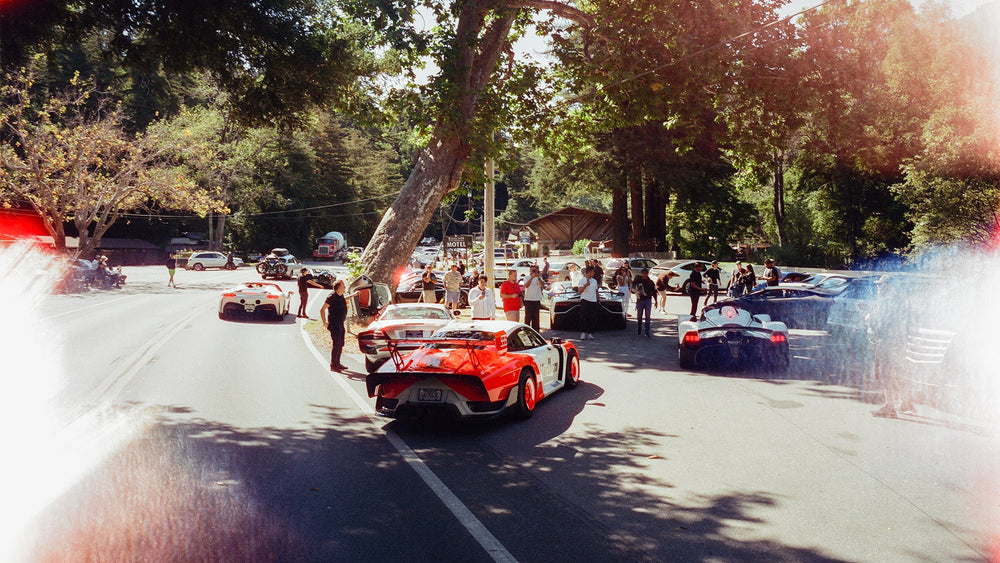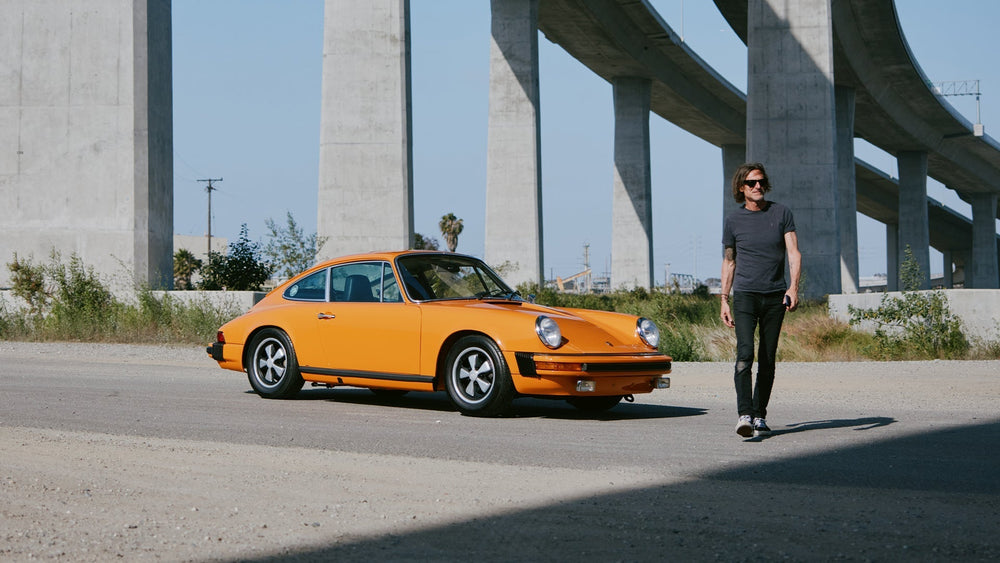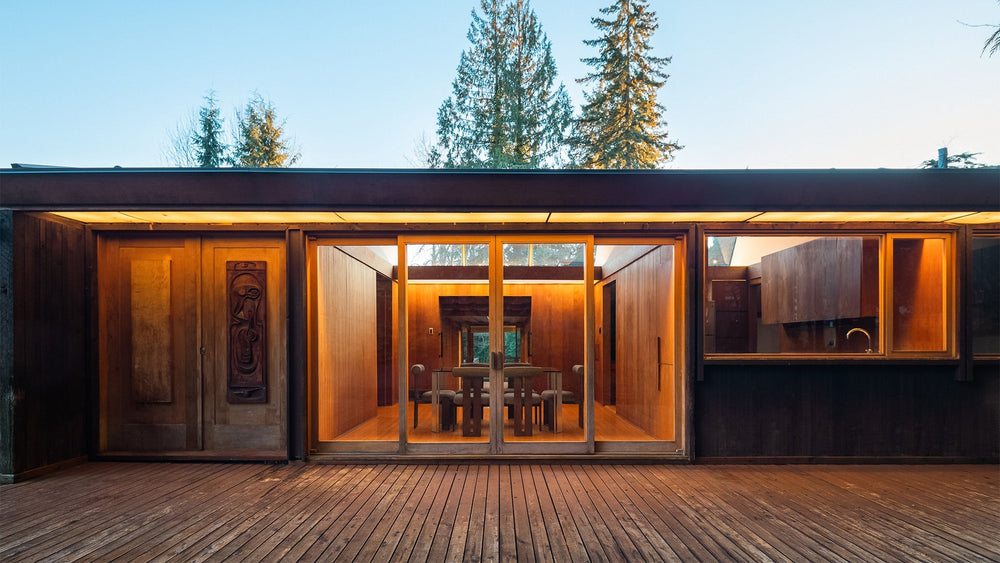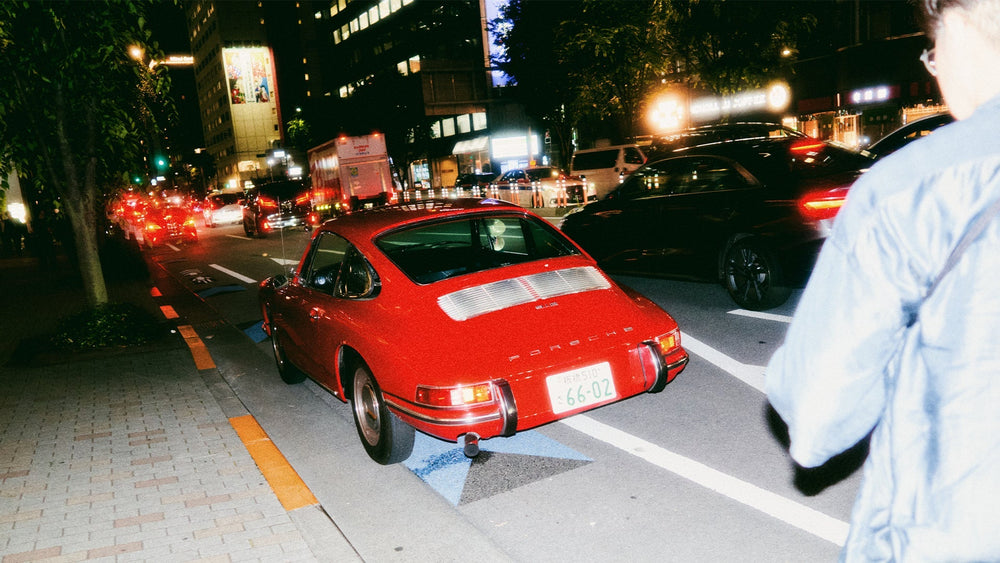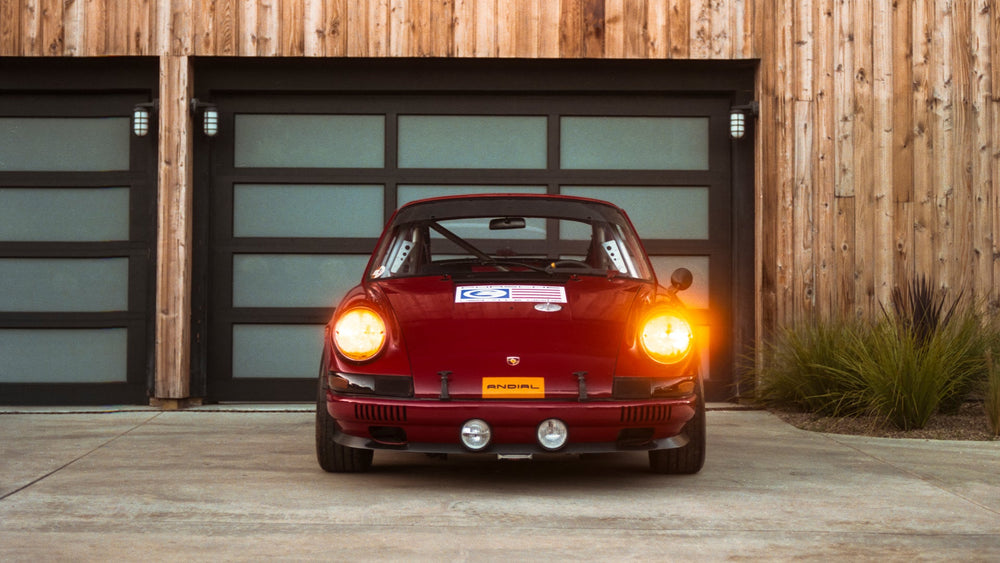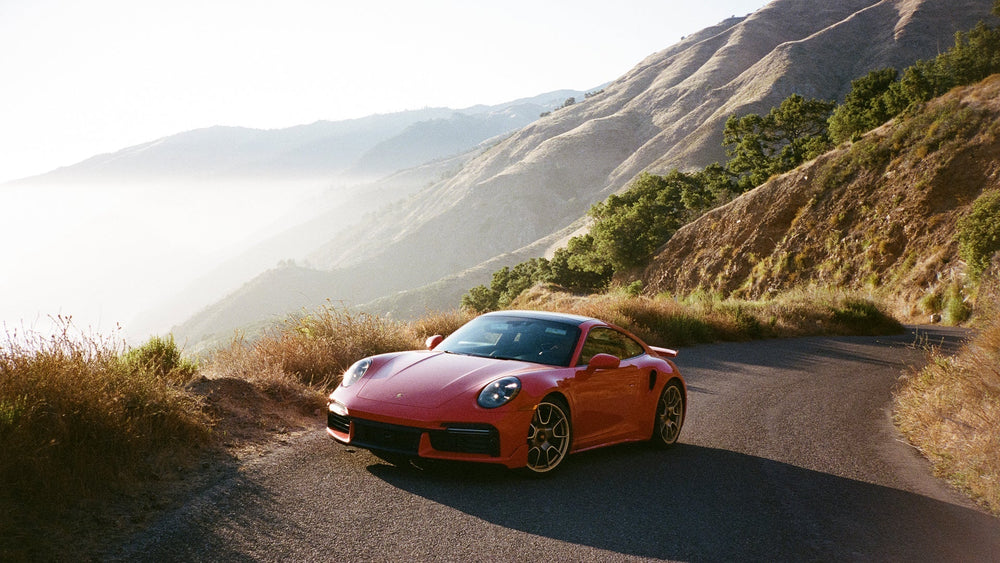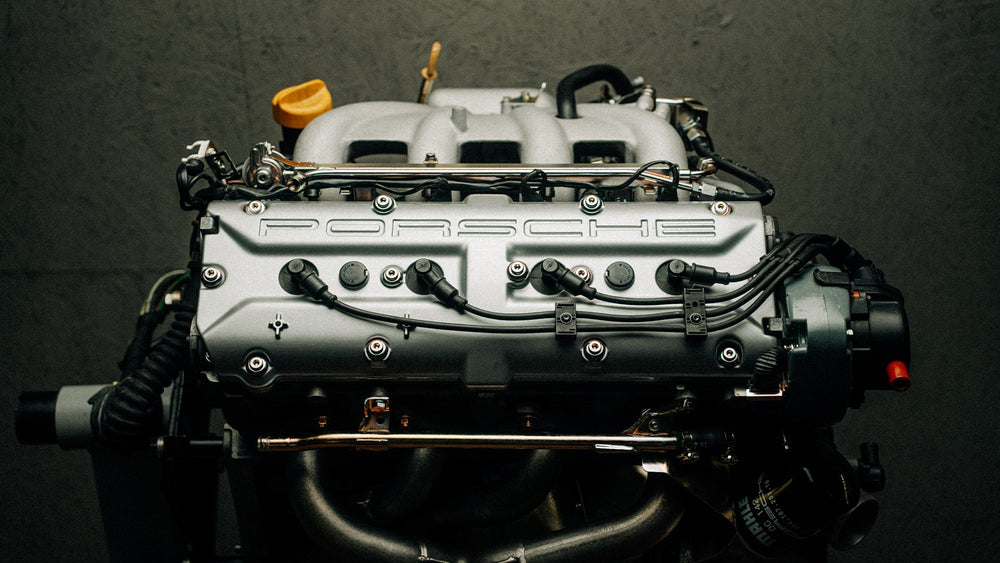Throughout my life, I have always been an introvert, spending hours in my own world, analysing and thinking deeply. This trait is a constant in all of my artistic endeavours, and it is largely due to my personality. I have found that the best way to express myself is through visual language, interpreting everything in my own way through my images or creations.
In the history of art evolution, the emergence of the digital medium challenges traditional notions of art and its production. It also raises questions about the role of the artist, the ownership of art, and the relationship between the artwork and the viewer.”
Perhaps among the greatest authorities on the subject, Pini has been involved in the digital art space since it really picked up traction. Of course, the digital toolbox has been involved in art since at least the dawn of synthetic music and CGI has been a Hollywood mainstay for decades. It’s only in the last ten years however that advanced iterations of this technology have been accessible to independent creators, and this has been the driving force behind the boom.
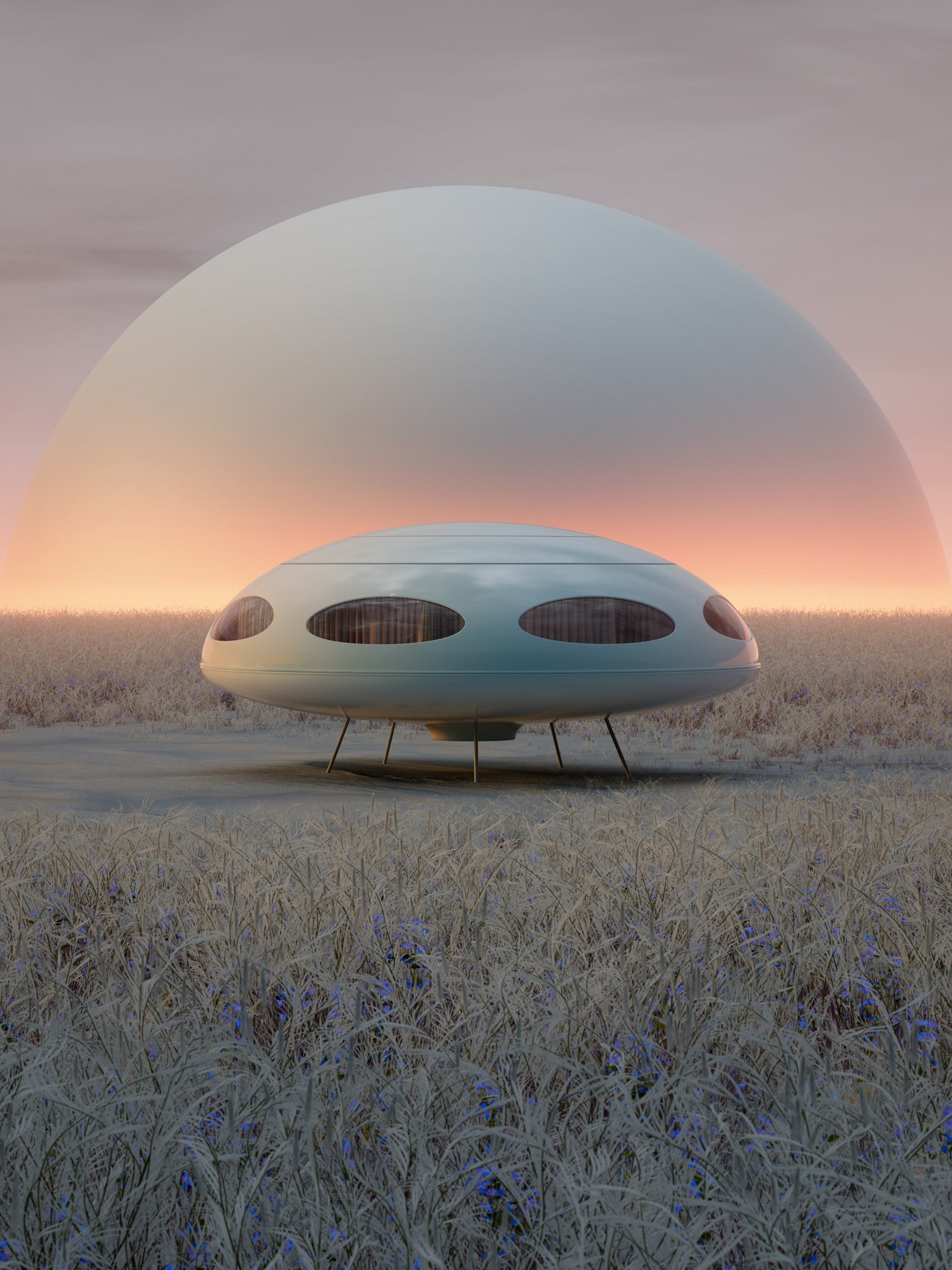
Painting in Pixels
Author: ALFIE MUNKENBECK
Photographer: Ezequiel Pini
How Ezequiel Pini made his mark on the digital art space, and where he thinks that space is going.
“6:05pm - the moment my workday ended and my personal time began. It was in those five minutes that I was already visualising my arrival at home, where I could continue with my art, my ideas, my projects.”Poetically named Six N. Five, Ezequiel Pini might have never imagined in 2014 that his daily artistic pursuits could take place any earlier in the day. Back then, his CGI creations were an evening hobby, something to pass the time after putting in the hours at a day job. In the eight years since, Six N. Five has grown to become one of the biggest names in the digital art space, a medium that Type 7 has held a keen interest in since the earliest days of the magazine. For Ezequiel, the day job is long gone but the name sticks. It just refers to 6 o’clock in the morning now.
“My journey in the arts began in the last three years of high school, when I chose to study computer science. I was fascinated by everything related to programming and computers, but I also got involved in digital art contests then. After graduation, I knew I wanted to pursue a career in Art & Design, so I went on to study graphics at the University of Buenos Aires in 2003, which was the only discipline I felt combined my interest in computer science and creativity.
In my immediate family, no one had pursued a career in the arts, nor had anyone finished university. However, I could always sense that my grandmother, despite practicing it very little, had a great sensitivity for painting and music. She would occasionally paint a picture or play the piano, and I was fortunate enough to hear her perform.
